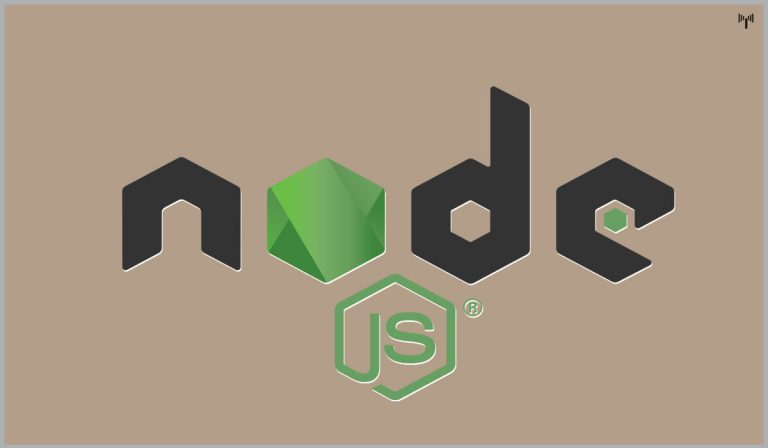Node.js is an open-source server-side runtime environment built on Chrome’s V8 JavaScript engine. Node.js is widely popular for building real-time robust applications as it eliminates the waiting after a request is sent and simply continues with the next request. It’s memory efficient and runs single-threaded, asynchronously and non-blocking. Today, I will share the top five uses of Node.js so that you can decide whether it’s worthy to learn or not.
Read: Node.js vs PHP: Which Language is Being Preferred by Developers?
Contents
Top Five Uses of Node.js
1. Streaming
There are a lot of video and audio streaming sites on the Internet, and most of them work on the same concept. The user uploads a video or audio file and at the same time, it needs to be processed and played. The processing of these multimedia files takes place at the backend after they are successfully uploaded, and this is where Node.js comes in.
Node.js processes the video while it is uploading and thus saves a lot of time. This makes the media quickly accessible across the world. Apart from audio and video, real-time processing is also required in input and output data types to work on projects with co-workers spread around the globe.
2. Browser Games
Node.js makes the Flash, Java or other programs like Shockwave applet obsolete. With Node.js, you can create some amazing browser-based games. It can be used in conjunction with Socket.io and HTML 5 to design some impressive real-time browser games. Node.js can even be used to design multiplayer games.
3. Fast and Scalable Applications
If you are planning an application which requires speed, going with Node.js won’t disappoint. It’s already known to be used in situations where a scalable and faster program is needed. Its ability to process too many requests and that too with lower latency makes it a great fit for modern applications.
Node.js is one of the most popular choices for single-page application sites and mobile apps. Here, the rendering is done at the client’s side and JSON API is provided by the backend.
4. Chat Rooms
I know most of the people are now using social media platforms or phone-based apps to chat with friends, but that doesn’t mean chat rooms are no longer used. You can create independent chat rooms with Node.js easily. They are still being used by many online games to implement a chatting system for better engagement.
5. MEAN Stack
MEAN is a set of open source components that together, provide an end-to-end framework for building dynamic web applications. It makes the development simple and easier for both developer and devices. The MEAN stack uses Mongo, Express, Angular(6) and Node for simple, scalable and robust full-stack JavaScript applications.
Also, if you are planning an application especially for collecting a massive amount of data, Node.js will be a perfect choice. It receives the data and sends it to the backend in a piecewise manner preventing any bottleneck situations.
Also Read: 3 New JavaScript Frameworks You Can Learn in 2019
Wrapping Up
Node.js is widely popular for developing real-time apps that work on a high volume of data and require low latency. If you are a fresher who has just started his/her web development career and looking to learn some new technologies, this article will give you a brief idea of what you can do with Node.js. So, what are you currently using for the backend of your applications? Share with us in the comments below.

